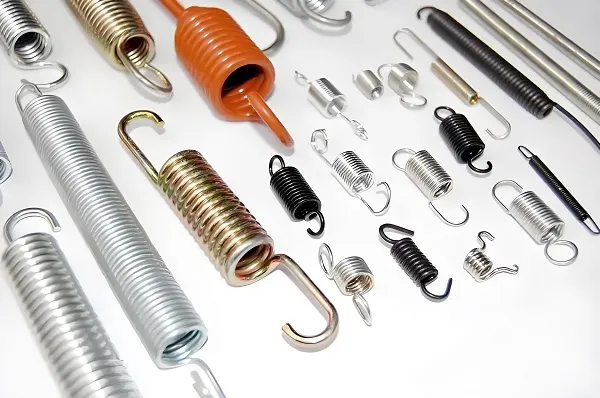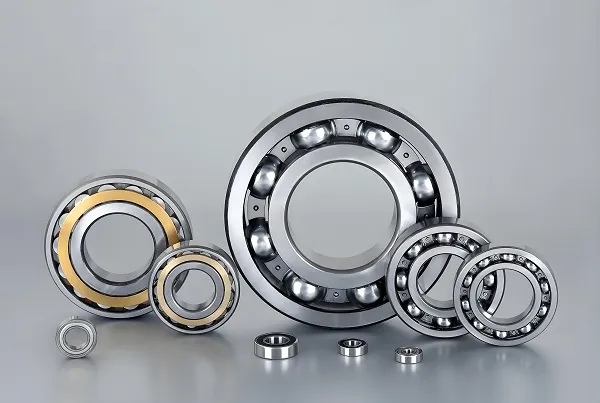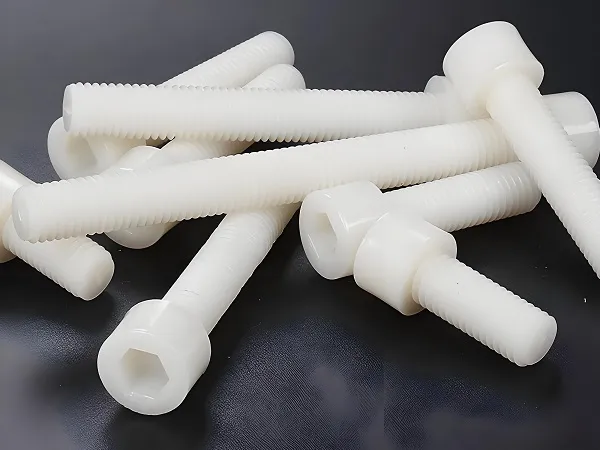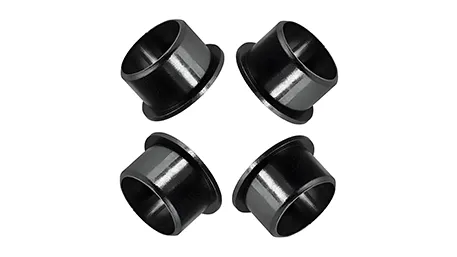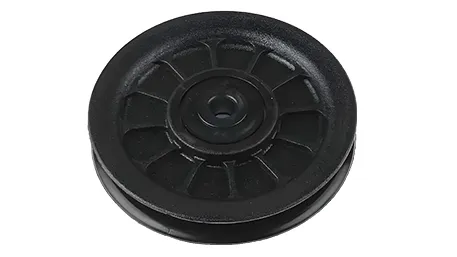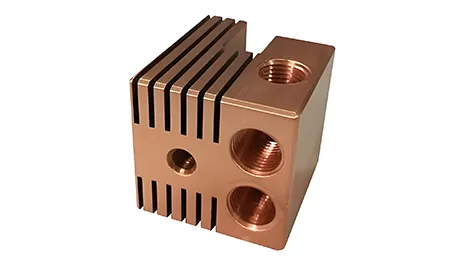Abstract: This academic report focuses on the injection mold for automotive parts, and discusses in detail its design key points, manufacturing processes, material selection, as well as the challenges and solutions faced in production. At the same time, it introduces the characteristics and importance of mold customization services, and elaborates on the significant advantages of Xiamen Goldcattle in this field. Through in-depth research on related technologies, it provides a theoretical basis and practical reference for improving the quality and performance of injection molds for automotive parts.

I. Introduction
With the rapid development of the automotive industry, higher requirements are put forward for the quality, precision and production efficiency of automotive parts. As an important process equipment for the production of automotive parts, injection molds play a key role in meeting these requirements.
II. Design Key Points of Injection Mold for Automotive Parts
(1) Part Structure Analysis
Fully understand the function, shape, dimensional tolerance and assembly requirements of automotive parts to provide a basis for mold design.
(2) Mold Parting Surface Design
Reasonably select the parting surface to ensure the smooth demolding of the parts, while considering the convenience of mold processing and maintenance.
(3) Gating System Design
Optimize the gate position, runner shape and size to achieve uniform filling and reduce defects such as weld lines and gas pores.
(4) Cooling System Design
According to the shape and wall thickness distribution of the parts, design efficient cooling water channels to control the mold temperature and shorten the molding cycle.
(5) Ejection System Design
Ensure a smooth ejection, avoid damage to the parts, and consider the rationality of the ejection position.
III. Manufacturing Process of Injection Mold for Automotive Parts
(1) CNC Machining
Use advanced equipment such as CNC milling machines and machining centers to achieve high-precision machining of key components such as mold cores and cavities.
(2) Electrical Discharge Machining
Used for processing complex shapes and deep cavity structures to improve the processing accuracy and surface quality of the mold.
(3) Wire Cutting Machining
Suitable for processing high-precision mold inserts and special-shaped holes.
(4) Mold Assembly and Debugging
Assemble strictly in accordance with the assembly process, and optimize and improve the mold through mold testing and debugging.
IV. Material Selection of Injection Mold for Automotive Parts
(1) Mold Steel
Common mold steels such as P20 and 718H have good strength, hardness and wear resistance.
(2) Aluminum Alloy
In some molds with weight requirements, aluminum alloy has advantages, but its strength and wear resistance are relatively low.
(3) Special Alloy Materials
For molds with special requirements, such as high temperature and high corrosion environments, special alloy materials are selected to meet performance requirements.
V. Mold Customization Service
(1) Meeting Personalized Demands
Custom design and manufacture unique injection molds according to the specific requirements of customers to meet the shape, size and performance requirements of different automotive parts.
(2) Collaborative Design and Optimization
Work closely with customers, fully consider production processes and cost factors in the design stage to achieve the optimal design of the mold.
(3) Quick Response and Delivery
Through efficient project management and production processes, ensure the delivery of high-quality custom molds within the prescribed time.
VI. Advantages of Xiamen Goldcattle Enterprise
(1) Technical Team
Have an experienced and highly skilled technical team covering multiple fields such as mold design, manufacturing and process optimization.
(2) Advanced Equipment
Equipped with internationally leading production equipment and testing instruments to ensure the high precision and quality of molds.
(3) Quality Management
Established a strict quality management system to conduct quality monitoring and testing throughout the process from raw material procurement to mold delivery.
(4) Innovation Capability
Continue to invest in research and development, and constantly explore new mold design concepts and manufacturing processes to adapt to the development trend of the automotive industry.
(5) Customer Service
Provide all-round high-quality customer service, respond to customer needs in a timely manner, and provide technical support and after-sales guarantee for customers.
VII. Challenges and Solutions in the Production of Injection Mold for Automotive Parts
(1) Mold Wear and Life
Adopt surface strengthening treatment, reasonable lubrication and cooling measures to extend the service life of the mold.
(2) Dimension Precision Control
Optimize mold design and manufacturing processes, strengthen process monitoring and measurement to ensure the dimensional precision of parts.
(3) Production Efficiency Improvement
Adopt multi-cavity molds, hot runner technology and rapid mold change systems to improve production efficiency.
(4) Cost Control
Reduce mold costs by optimizing the mold structure, reasonable material selection and standardized design.
VIII. Conclusion
The design, manufacturing and application of injection molds for automotive parts is a complex and comprehensive project. Continuously improving the technical level of molds and solving practical problems in production are of great significance for improving the quality and production efficiency of automotive parts and promoting the development of the automotive industry. The development of mold customization services provides strong support for meeting diverse demands, and Xiamen Goldcattle stands out in the industry with its advantages. In the future, with the continuous emergence of new materials, new processes and new technologies, injection molds for automotive parts will develop in the direction of higher efficiency, higher precision and intelligence.

